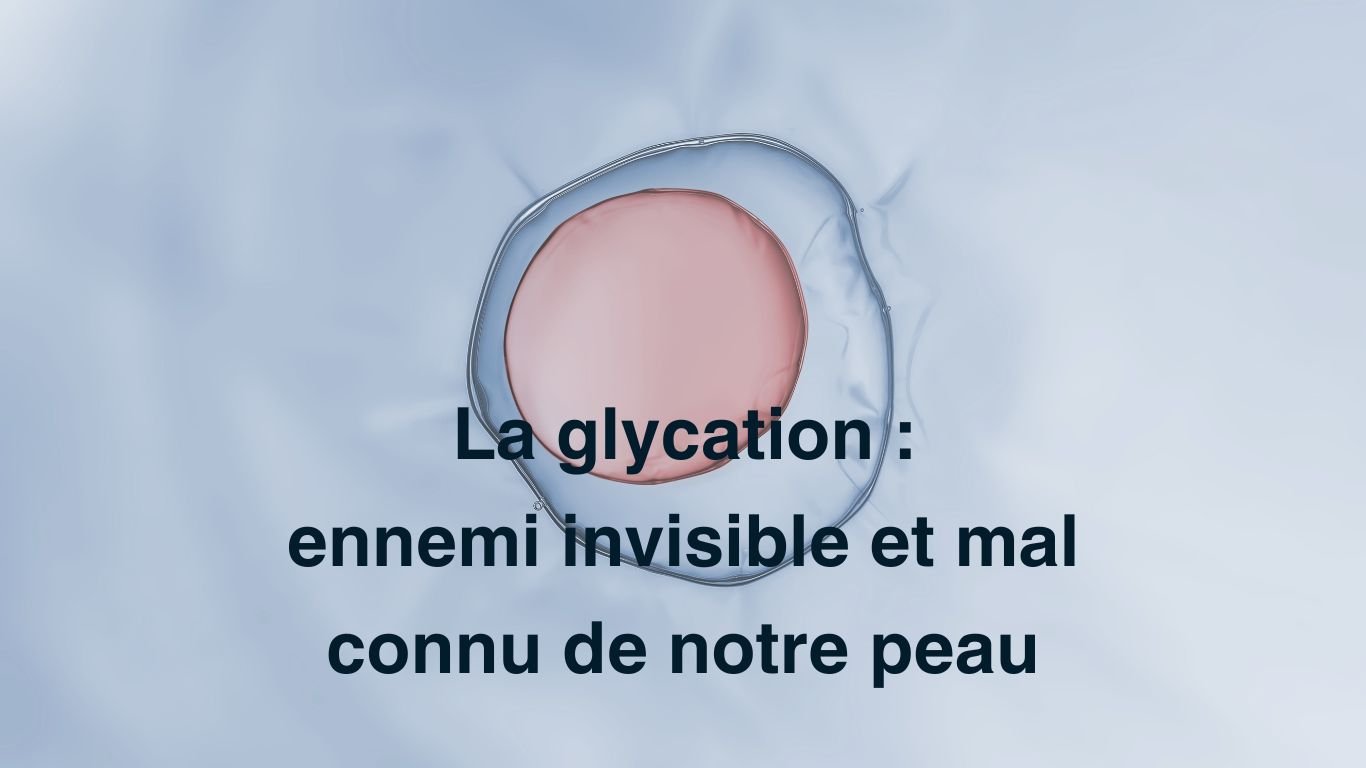An essential protein for maintaining healthy skin, collagen is produced daily by your body's cells.
However, this production is not constant over time: it runs out of steam with age.
Slowing down from the age of 20, the synthesis of collagen by your body experiences a progressive alteration which leads to increasingly visible changes over the years.
This is, among other things, what explains why wrinkles and fine lines end up appearing on your face, your neck and the rest of the surface of your body.
But how does this process take place? What stages does collagen go through to be born and then die? Is it possible to support the decline in its production to help you maintain optimal skin health?
The MyPUREskin team takes you to discover the life cycle of this astonishing molecule.
 Collagen: a unique molecule capable of working as a team
Collagen: a unique molecule capable of working as a team
If collagen allows your skin to remain firm, it is because it is part of the composition of the extracellular matrix.
The environment in which your cells are bathed, the extracellular matrix (ECM) is built on various molecules, among which an essential trio guarantees the most obvious physical properties of your skin. These are :
- Collagen;
- Hyaluronic acid;
- Elastin.
Although each of these molecules individually covers a range of key functions, it is only by working in synergy that they allow your skin to maintain its natural barrier functions.
How is collagen produced?
But to understand how collagen interacts with hyaluronic acid and elastin, we first need to look at how it is produced.
Collagen is a structural macromolecule. In other words, it is a large protein which serves as the basis for the creation of larger structures (such as muscles, bones, tendons or even skin).
Furthermore, to be able to give shape to the diversity of organs that your body contains, collagen must be flexible. This flexibility is found in the variety of types, quantities and sequencing of the amino acids that constitute it.
In this regard, it is important to distinguish between the different types of collagen.
Collagen: different types for different needs
28: this is the number of different types of collagen that coexist in your body to allow the body of the human being that you are to remain in good health despite the mechanical impact of falls, exposure to UV rays and attacks by pathogens.
The production of each of these types of collagen gradually decreases over time and some are used more than others to maintain your comfort of life.
In this case, it is collagen types I, II, III, IV, V and X which are most affected by the aging process since:
- Type I collagen, the most abundant in your body, is found in the constitution of your dermis but also in that of your digestive system, your bones and even your tendons;
- Type II collagen is directly involved in building your connective tissues and cartilage;
- Type III collagen is essential for building the walls of your blood vessels, and combines with type I collagen to make up your extracellular matrix;
- Type IV collagen is used by your body to design your muscles, nerves and the surface of your lungs;
- Type V collagen is used to create, with the keratin your body produces, the “skeleton” of each of your hairs;
- Type X collagen is particularly important for the healing process of your skin but also for the ossification mechanisms (during the growth of individuals or following a fracture).
Slowing down the synthesis of these types of collagen by your body has increasingly visible consequences over time.
Wrinkles and fine lines, stiffening of the body, joint pain and weakening of your bones are indeed phenomena which can be partly explained by the lack of collagen.
Birth of collagen
It is at the heart of fibroblasts, specialized cells, that collagen is formed and then released into the ECM.
To do this, your cells need amino acids, the basic units of any protein.
This is the reason why your diet must cover the consumption of proteins whose composition in quality and quantity meets the “construction plan” of your collagen.
In the choice offered to you, consuming collagen therefore makes sense since it guarantees that your cells will have the units required for the synthesis of your collagen.
Use and breakdown of collagen
By migrating step by step, collagen “navigates” where it is called to be used but it is mainly in the ECM that it will mainly attach to ensure its firmness to your skin.
Capable of remaining in place for up to 2 months, collagen gradually degrades, under the effect of biochemical reactions occurring daily in your body but also because your skin is stressed with each movement.
The scientific community estimates that from the age of 25, the collagen content of your ECM decreases at an average rate of 1 to 1.5% per year.
Based on this observation, it becomes essential as you age to find strategies to limit this depletion.
MyCollagenLift: professional ethics and unique know-how
Aware of the difficulties that your skin experiences in maintaining its properties over time, the MyPUREskin team is constantly mobilizing its resources to provide you with a solution to support aging at the cutting edge of research.
In perfect agreement with the values that support it, our brand has chosen to compose an exclusive formula based on a list of ingredients whose 100% natural origin echoes the vision of healthy skin on the long term. To understand it, simply note that MyCollagenLift is:
- Collagen peptides whose bioavailability is significantly higher than that of hydrolyzed collagen;
- Hyaluronic acid, to help your skin maintain a normal level of hydration over the long term thanks to its ability to carry nearly 1000 times its mass in water;
- Wheat ceramides (gluten-free) helping to protect your body from insensitive water loss;
- Organic silicon, antioxidant and skin restructuring;
- Vitamin C extracted from acerola, helping to neutralize mismatched electrons;
- Vitamin E, playing a similar role;
- Grape OPCs, polyphenols also helping your cells to protect themselves from the harmful effects of free electrons;
- Zinc, a trace element which is also part of this effort.
Want to restore firmness to your skin? Need to boost your collagen production? Why not start a course of MyCollagenLift today to support your body in its daily efforts?
4 weeks, one dose per day: wrinkles and fine lines gradually fade to give way to your smile.





Share:
Vegan collagen: info or poison?
Marine collagen: why do consumers prefer it?